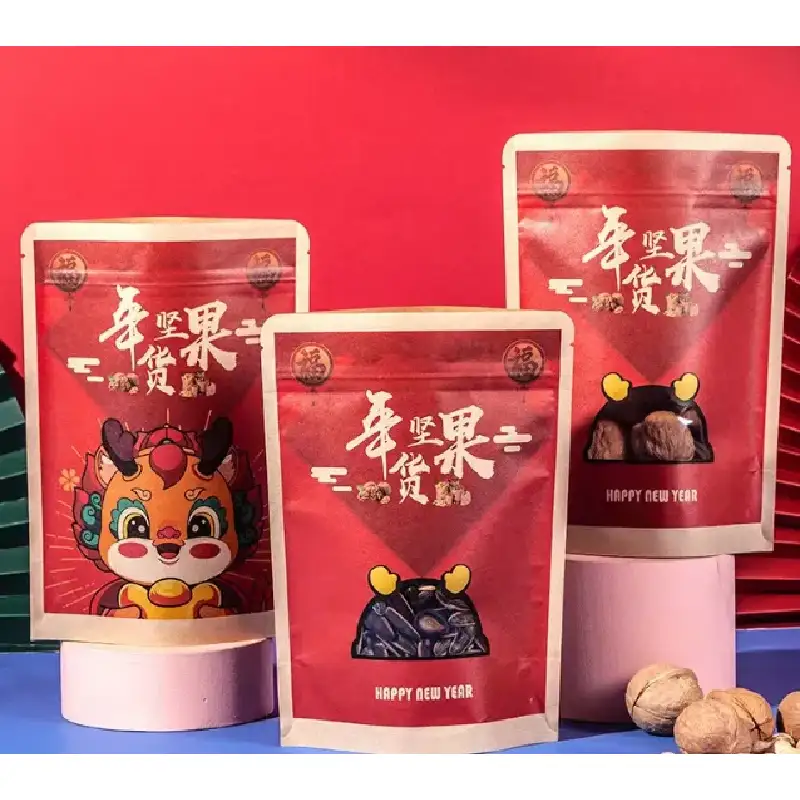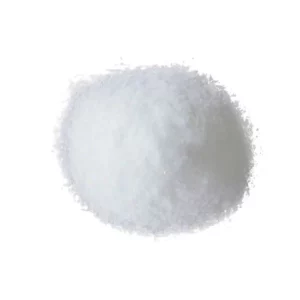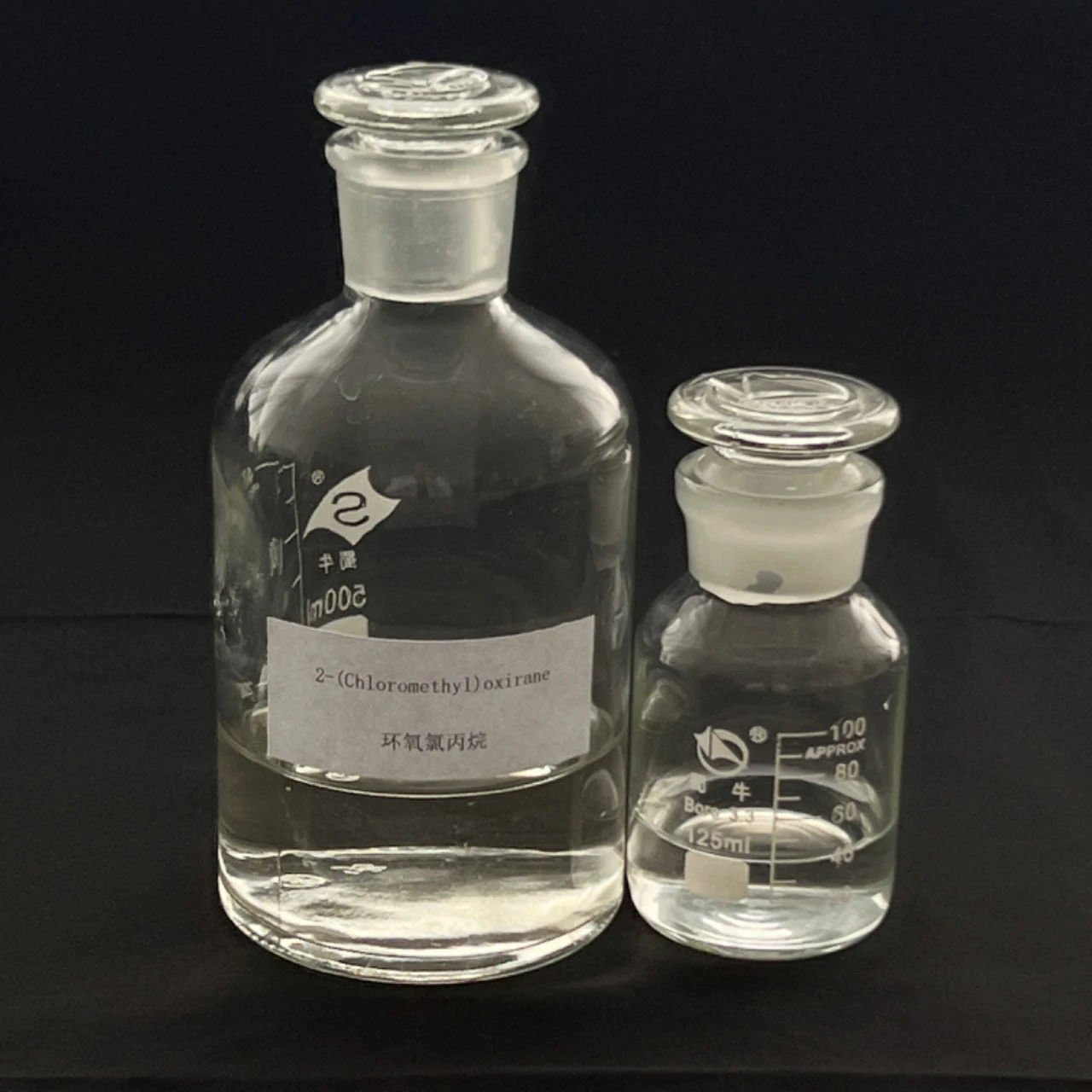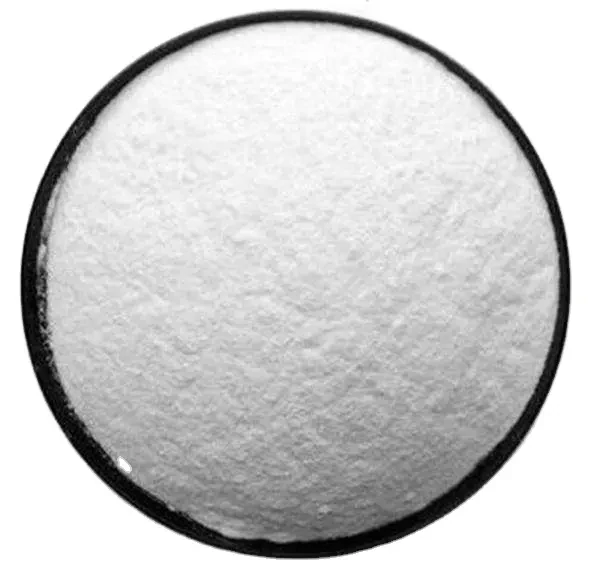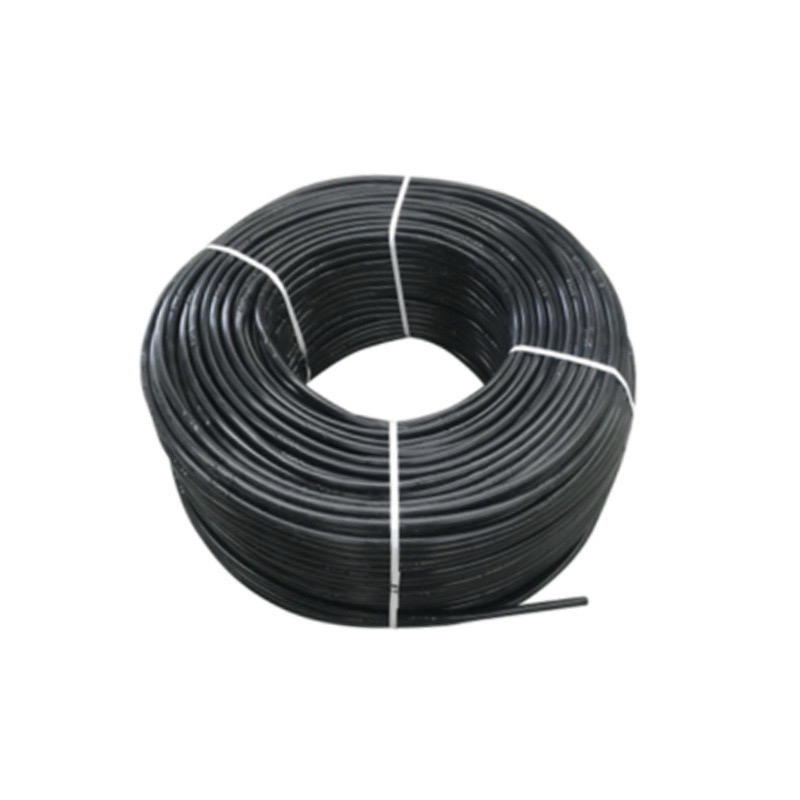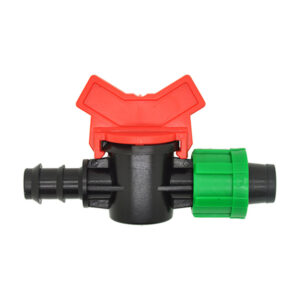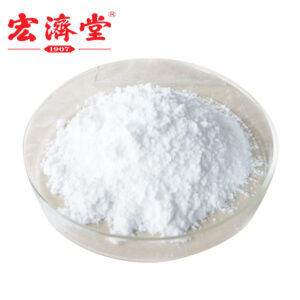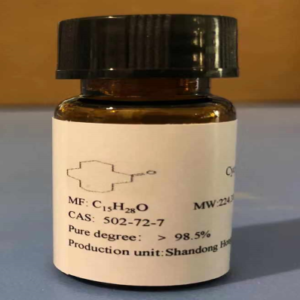Natural leather cutting is challenging for most people that are not made use of to it. Yet it is simple to reduce for those who understand the inside and out. Although perfecting leather cutting skills may need method, you should likewise outfit on your own with one of the most powerful device feasible: the most effective Cricut equipment for natural leather cutting.
While some can reduce natural leather with a pair of greatest scissors, it is still not a smart means to reduce leather. Scissors leave harsh sides, and you require strength, particularly if the natural leather is thick. You can free on your own from any unneeded problem, yet you will certainly likewise have a smooth cut. The very best Cricut equipment for leather cutting is highly suggested.
Exactly how To Pick The Best Cricut Equipment For Natural Leather Reducing
Do you understand how to pick the best Cricut equipment for leather cutting? Lots of machines reduced leather yet can additionally reduce various other products. You require to understand the Dos and Do n’ts of choosing the most effective Cricut machine for natural leather cutting.
Know What Type Of Natural Leather You Need To Cut
There are 4 basic types of natural leather. You can pick from full-grain, fixed grain, top-grain, and adhered leather. Each kind has its own function and common use. Leather can be classified based on its product, resilience, and completing touch during production. Thus, you require to understand the kind and range of leather you need to choose the most effective Cricut machine for natural leather cutting.
Check The Trimming Equipment’s Ability To Cut Thicker Natural Leather
Reducing Devices have their limits when it comes to performance. When getting a leather equipment, you need to take into consideration the density. If you have a thickness of 1.5 inches, you need to ascertain the specs and features of the device.
Alleviate To Use
Relieve to utilize is an essential consider buying a leather maker. For newbies, obtaining a less complex natural leather machine is highly recommended. This way, you can master reducing leather without the complications of understanding complicated device devices. Also specialists who utilize natural leathers favor to get a device that is easy and convenient to utilize.
Automatic vs. Handbook Operation
Nowadays, most leather devices are automated. There are additionally smart equipments, making them much more attractive as the device does most of the work for you. But, you still need to select very carefully whether to get an automatic or manual equipment.
While automated makers might have rewarding features, hand-operated devices supply even more control over the job. Like in cars and trucks, some still favor to drive a manual transmission as opposed to an automatic one. Because of this, you need to select carefully between an automatic and hands-on leather maker.
Equipment Versatility
Machine adaptability is vital to every natural leather project you undertake. Some leather devices are so flexible as to enable various other fabrics and products to be cut in the very same machine. Beyond that, you’ll need to seek a device with top qualities apart from just reducing.
Today there are leather equipments that cut, emboss, and pierce. Some machines are still adjustable regarding pressure, cutting speed, and also the blade’s deepness you utilize. These other characteristics make the maker versatile sufficient to make quality leather cuts.
The Very Best Cricut Maker For Leather Cutting: Cricut Manufacturer
Among the very best Cricut machines for natural leather cutting, which we highly advise, is the Cricut Manufacturer. A lot of Cricut makers can reduce natural leather ranging from real natural leather to metal leather to artificial natural leather.
However, the best Cricut machine for natural leather cutting among them is the Cricut Manufacturer, the only design with a knife blade. The knife blade cuts thicker and thick materials such as leather, wood, and chipboard. Because it not only cuts natural leather yet various other materials too, it is a great machine.
The ability to cut in differing densities as a result of the knife’s blade makes the Cricut Maker an essential tool for reducing leather. Especially the Cricut Maker can be utilized to cut garment natural leather and tool leather. For garment natural leather, the Cricut Manufacturer reduced densities between 2– 3 oz and 4– 5 oz. On the other hand, if you use tooling leather, you can reduce thicknesses of 2– 3 oz, 4– 5 oz, and 6– 7 oz.
Likewise, the Cricut Maker boasts functions aside from reducing leather and various other materials. The equipment even writes, scores, debosses, and also etches! Sure, you can do many craft projects with simply one device.
You’ll have the ability to express your imaginative touches in more means than one. It has a cost-free design app compatible with iOS, Android, Mac, and Windows devices. Also, you can attach it to your device with Bluetooth or USB, making it simple leather cutting and other projects. The Cricut Maker is a pleasant tool that all crafters and people that like DIY activities must have. Speaking of even more ease, it additionally has a “print after that cut” function! You can get your design done, print it, and sufficed full blast in one adaptable and multi-talented device. Once you get your hands on it, you’ll never wish to stop creating even more remarkable and creative natural leather projects.



